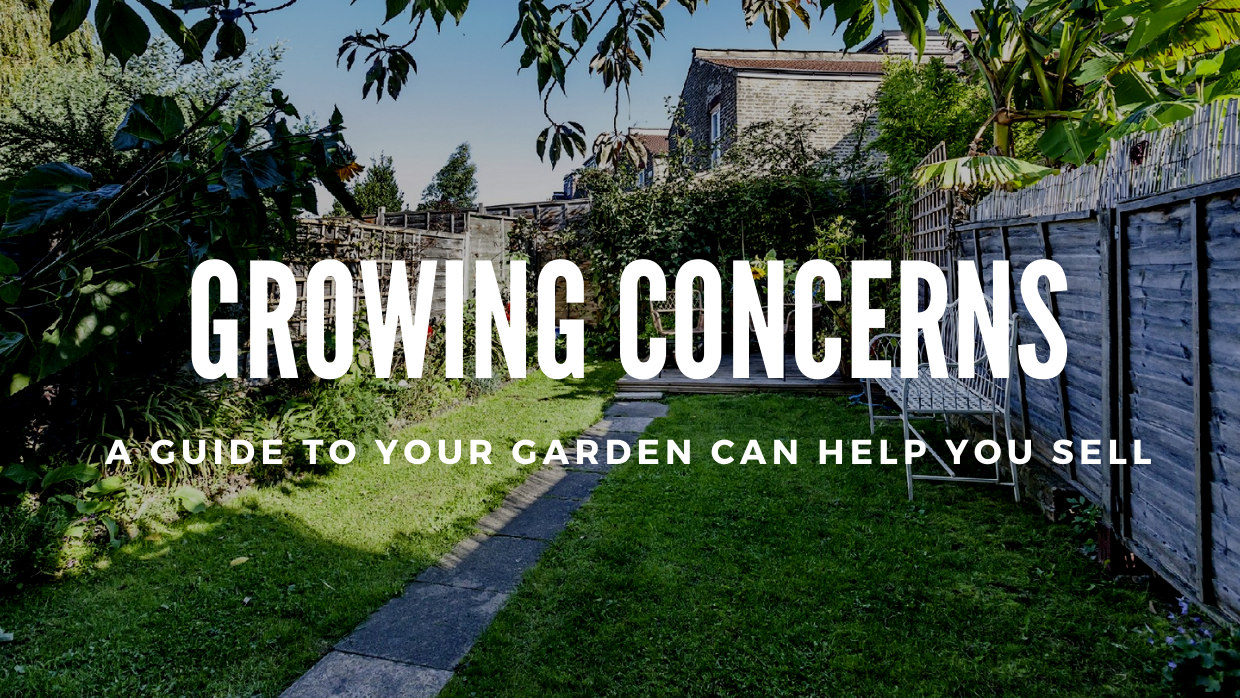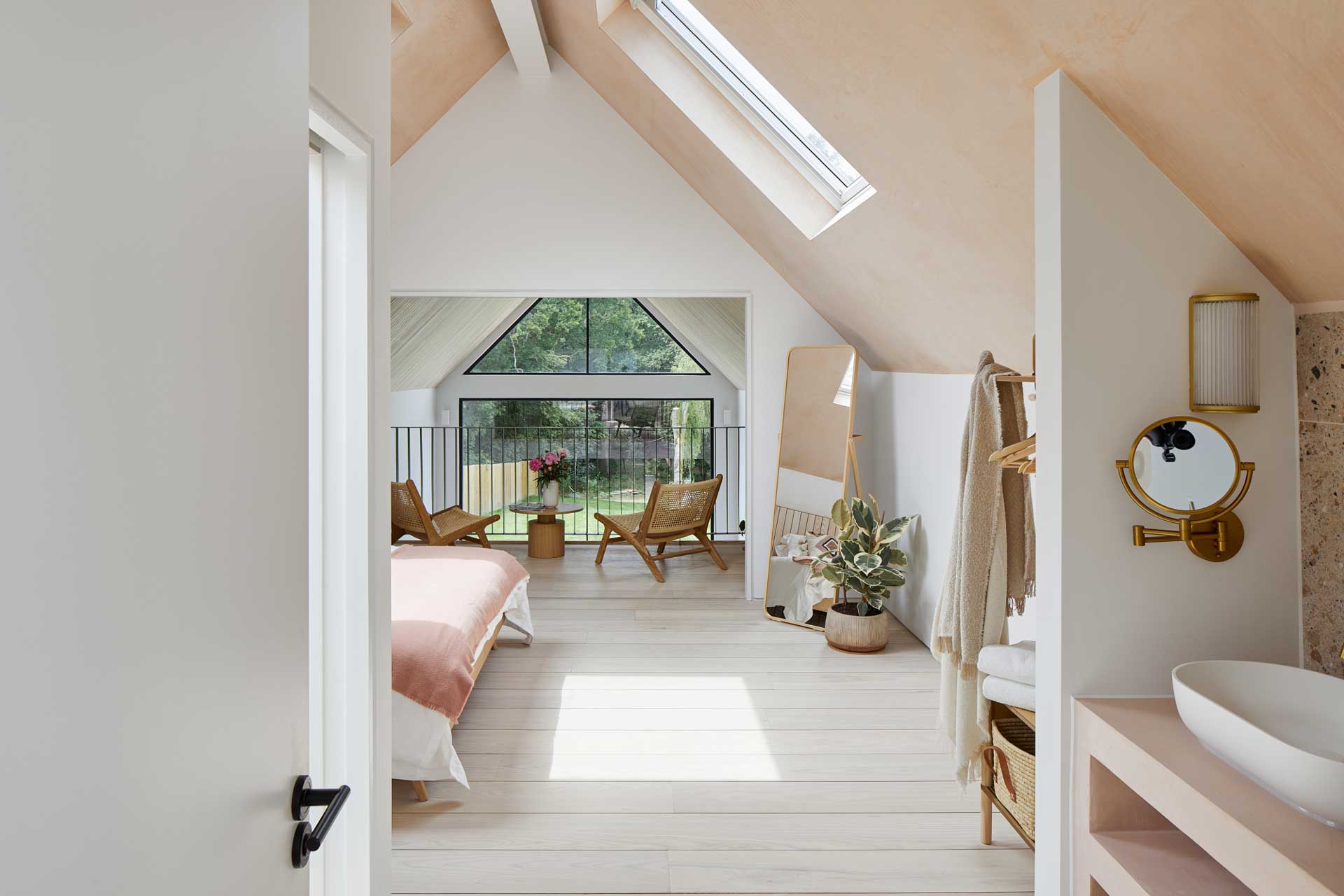Creating a guide to your garden can help you sell your home to a wider range of buyers.

While there is certainly an appetite and awareness for plants that benefit – and invite – nature, not everyone knows how to make or maintain a living, changing and beautiful garden, so an excellent way to dispel the fears of newbies – and to seduce the Monty Dons out there – is to put together a simple guide to your garden.
If you know what’s in your beds, then a straightforward list of plants for each one – or a diagram with approximate positions – will be a godsend for any level of gardener. Include the months that plants appear, flower, and die back, copying and pasting from on-line guides if you’re not a whizz on the keyboard. If you have large trees, explain the proper care (if any is needed) as they can a real concern to many buyers, especially if near the foundations of a property. So any useful reassurance at early stage can only work in your favour.
To a total novice, a garden in winter may look as though nothing grows there at all, so its wise to have some photographs from the glorious times of the year with lush greenery, blooming flowers and fluttering butterflies. This shows people what a wonderful spring and summer they’ll have to look forward to and saves them having to imagine exactly what they’re buying.
For more experiences gardeners, a list gives them valuable insights into what can grow where, where the sun hits, and what kind of soil you have: it’s all useful info that could well prove a valuable selling tool, and will save your estate agent having to learn and remember the intricacies of Bougainvilleas versus Begonias.
If you need some help to make the guide, call in a local gardener and work through it together: your time together might even helping you plan your garden in your next home: if you know what you like about your existing garden, you can replicate your favourites in your new one.
For many people time is a precious commodity and an established garden might look like a time-drain, so it is also worth explaining that the actual tasks are not – now that everything’s been planted – that onerous. For most gardens a top dressing of stone chippings, gravel, or bark to keep down the weeds; a mulch of manure for roses once a year; a beginning-and-end-of-season prune and regular watering is really all that’s necessary. And of course, you could always hand over the number of the gardener!
Finally make sure your estate agent is briefed about your guide and can show it to potential buyers at viewings. And feel free to add anything you’ve particularly enjoyed about having such a wonderful garden: the scent of lavender, the soothing sound of wind in trees, or how the seat under the rose arbour have all contributed to the joy of living in your house.





Share this with
Email
Facebook
Messenger
Twitter
Pinterest
LinkedIn
Copy this link